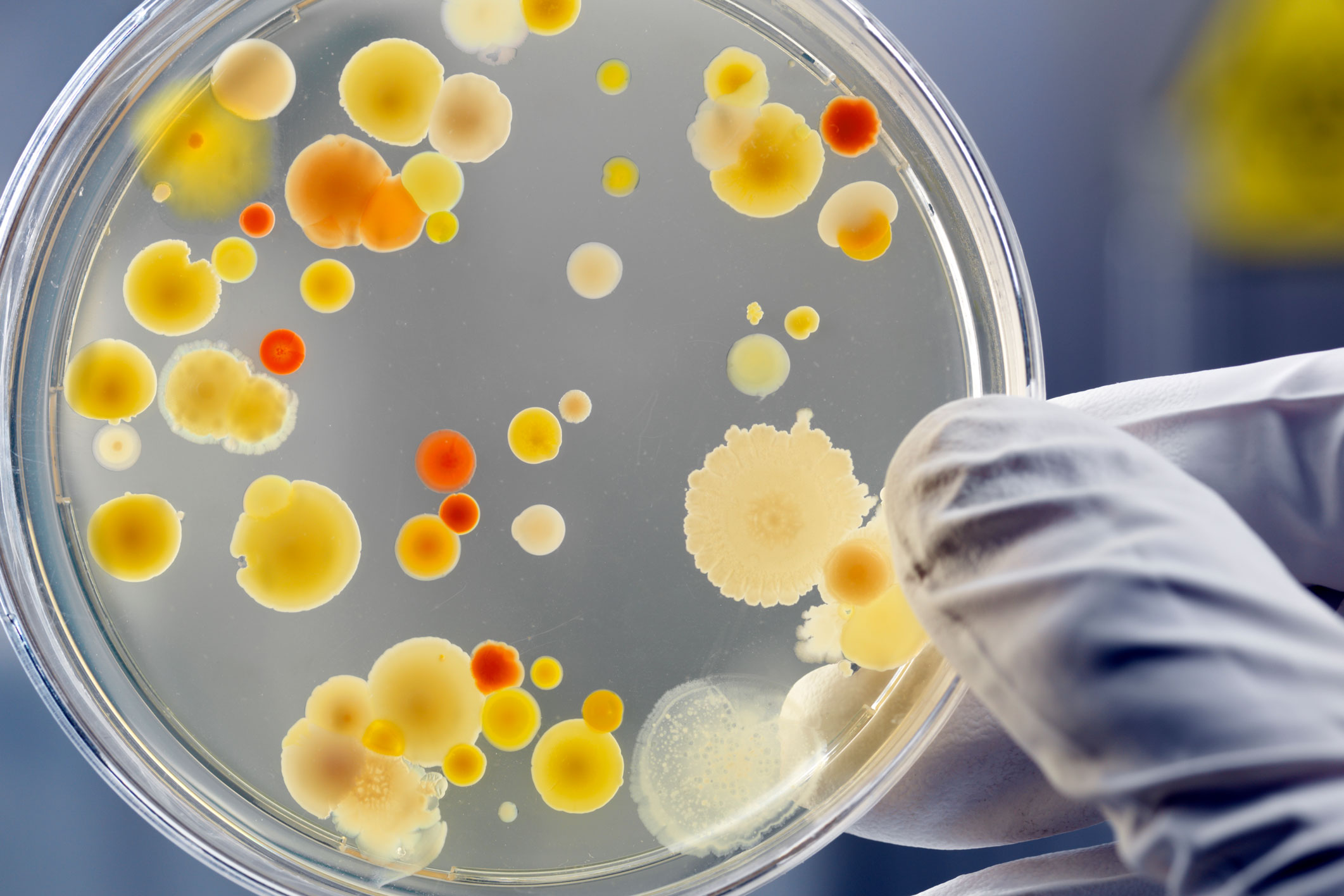
Reference activities
Reference
Whether in the area of animal health, plant health or food safety, the health authorities need an effective surveillance system based on a network of reliable laboratories to conduct official analyses of certain common, exotic and emerging health hazards. These hazards are usually of major importance and regulated. They can be pathogenic micro-organisms (viruses, bacteria, fungi, parasites), macro-organisms (insect pests, invasive plants) or chemical contaminants.
For every health hazard or class of health hazards that needs to be monitored, a “reference” laboratory is designated by the national, European or international health authorities. Most of the time, approved laboratories for conducting official field analyses are also designated, along with, in some specific situations, recognised laboratories for carrying out self-monitoring analyses for companies in the food processing sector.
Each reference laboratory ensures the reliability of the analyses carried out by all the officially designated laboratories. Its mandate may be:
- national: in this case, it has a mandate of National Reference Laboratory (NRL). It is appointed by the French Ministry of Agriculture (Ministerial Order of 29 December 2009 as amended), the French Ministry of Health for drinking water, and in some specific cases, the French Ministry of the Environment; it usually works with a network of approved laboratories and in some cases with a network of recognised laboratories;
- european: in this case, it has a mandate of European Union Reference Laboratory (EURL). It is appointed by the European Commission and leads a network of National Reference Laboratories appointed in each European Union Member State;
- international (WOAH) World Organisation for Animal Health Reference Laboratory or Collaborating Centre, Food and Agriculture Organization of the United Nations (FAO) Reference Centre, World Health Organization (WHO) Collaborating Centre). Here, its missions mainly consist in supporting laboratories in the member nations of these international organisations.
Through their multiple national, European and international reference mandates, ANSES's laboratories are largely responsible for the proper functioning of the official analysis system, which guarantees territorial surveillance and the safe trade of animals, plants and foodstuffs in France and Europe.
What are the missions of a reference laboratory?
To ensure the reliability of the analyses performed by the network of laboratories under its responsibility, a reference laboratory develops, approves and transfers analytical methods. To do so, it produces and characterises or acquires reference materials and creates and maintains a collection of characterised samples that it uses for its activities. When possible (depending on costs and availability), and if necessary, it can share some of these products with its network of laboratories.
With the same objective of ensuring reliable analyses, the reference laboratory can monitor the quality of the biological reagents used for analyses in its sphere of competence and can distribute, within this framework, certain reference materials and/or characterised samples to reagent producers.
The reference laboratory organises training for its network of laboratories and also carries out inter-laboratory proficiency tests (ILPTs) to verify the performance of the network’s laboratories.
Tools useful for the reference laboratory's activities are developed by the Agency; these include glossaries, guides for the validation and transfer of analytical methods, and transfer file templates.